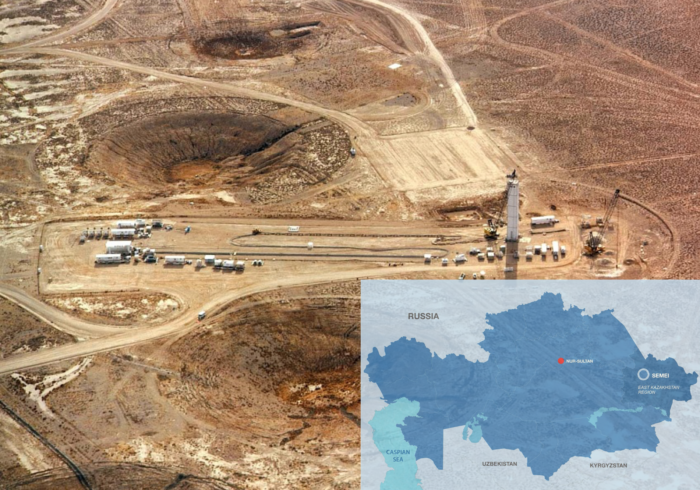NUR-SULTAN – The United Nations General Assembly adopted a resolution on international cooperation and coordination of activities in human and ecological rehabilitation and economic development in the Semey Region on Dec. 21. The region suffered from the consequences of nuclear testing conducted at Semipalatinsk test site by the Soviet Union, the Kazakh Foreign Ministry’s press service.
The document calls on the international community to assist Kazakhstan in the development and implementation of special programs to treat the people who suffered from the testing, foster economic growth and sustainable development in the Semey Region.
It emphasized the important role of the Kazakh government in allocating the resources to meet the regions needs.
One hundred and eighteen UN member states co-authored the document. The Kazakh Ministry of Foreign Affairs expressed gratitude for their contribution.
The resolution is the tenth of its kind adopted by the UN General Assembly. The General Assembly adopted nine resolutions between 1997 and 2017 (resolutions 52/169 M, 53/1 H, 55/44, 57/101, 60/216, 63/279, 66/193, 69/209 and 72/213) calling on support for the efforts of the country in improving the social, economic and environmental situation in the Semey region.
The adoption of the document acknowledges international support for Kazakhstan’s concerns about long-term devastating consequences of nuclear testing, said the ministry.
Between 1949 and 1989, the Soviet Union conducted 456 nuclear explosions at the Semipalatinsk nuclear test site that served as the primary testing ground of the Soviet nuclear arsenal. The total energy released by the explosions is equivalent to nearly 2,500 Hiroshima atomic bombs.
It was not until 1989 that the first Soviet anti-nuclear movement emerged, known as Nevada-Semipalatinsk, which contributed to the end of nuclear arms tests at the Semipalatinsk site. The last nuclear test took place Oct. 19, 1989 and Kazakhstan’s First President Nursultan Nazarbayev signed a decree Aug. 29, 1991 closing the test site and paving a way for the country’s further consistent efforts to advocate for nuclear non-proliferation and disarmament.
In December 2009, the UN designated Aug. 29 as the International Day against Nuclear Tests at the Kazakh initiative.
The population that lived in the nearby area still suffers the consequences from the testing.
In 2019, Kazakh healthcare officials introduced a new approach to evaluating the medical and radioecological impact of the testing on the people. Under a new mechanism, children born of parents affected by radiation are included in the risk group and are entitled to state support. The medical support is assessed individually depending on the amount and effect of radiation to which each person was exposed.


